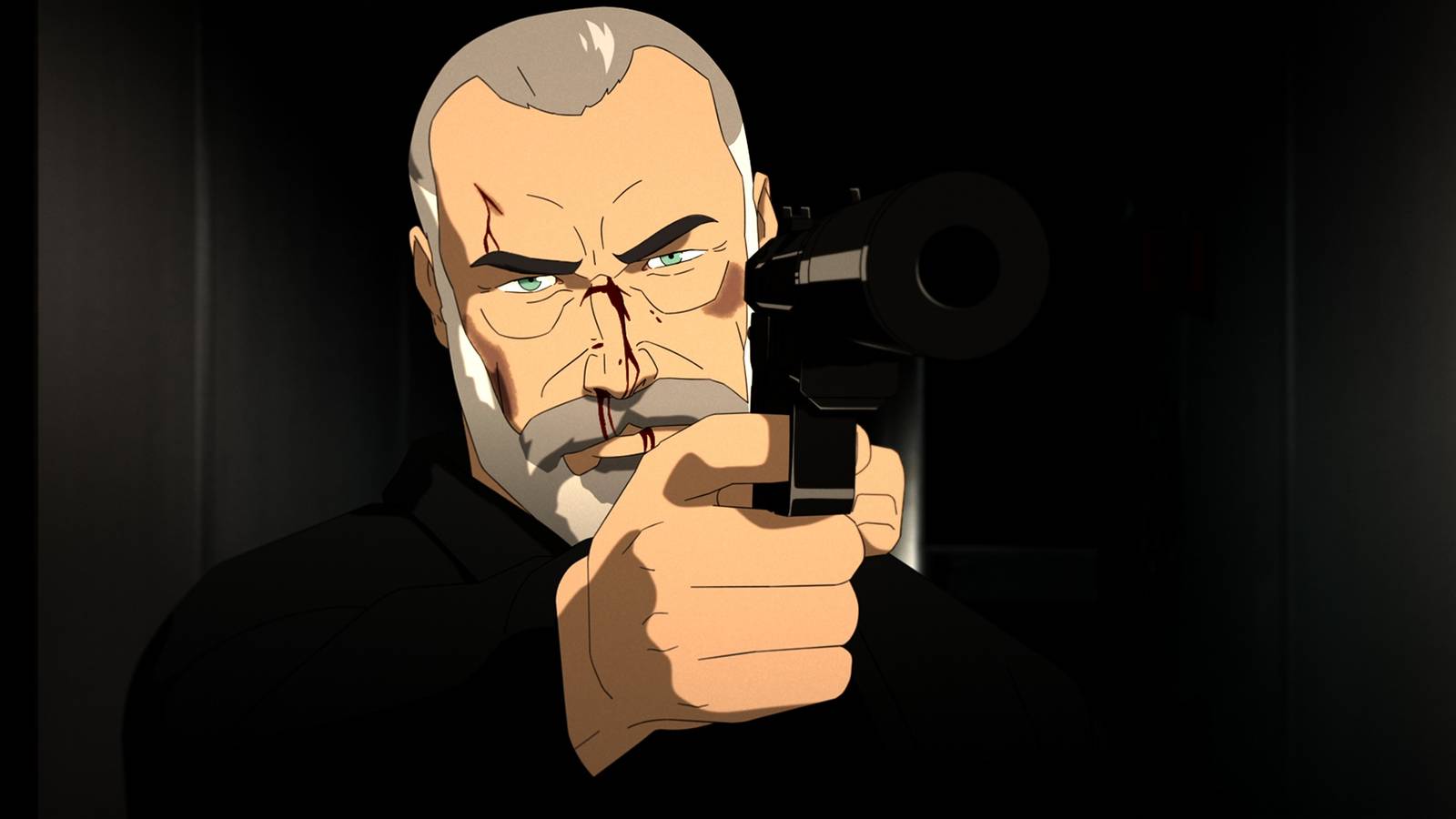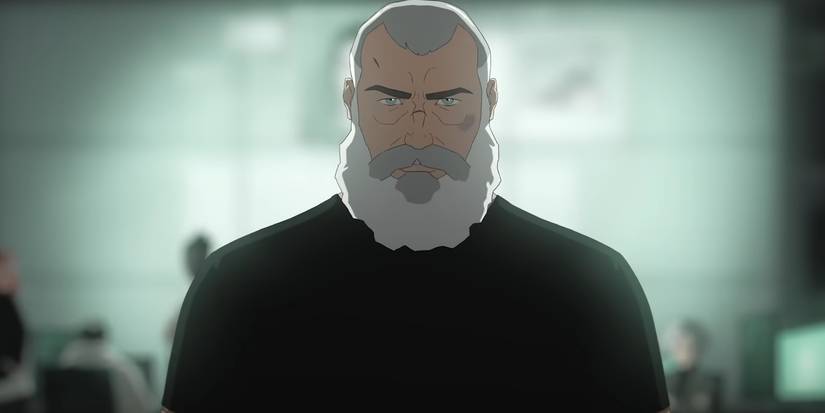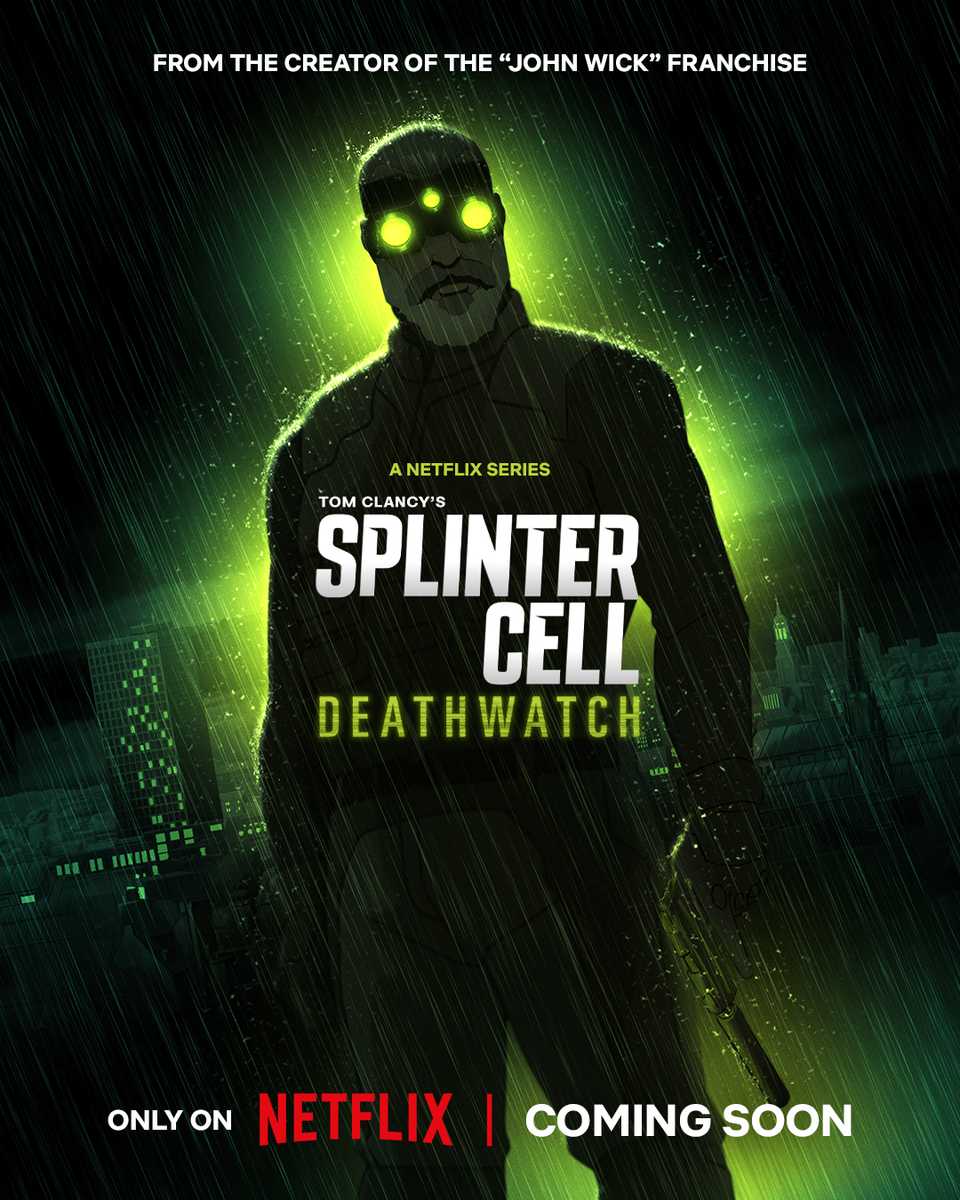Splinter Cell: Deathwatch Review – Sam Fisher Is No Old Man Logan, But This Netflix Adaptation Still Packs A Punch





While once a behemoth in the world of gaming, it’s hard to deny that Splinter Cell franchise has fallen by the wayside since launching in 2002. Created by then-future Outlast mastermind JT Petty, and endorsed by iconic military author Tom Clancy, the stealth video game series hasn’t had a new installment in over a decade, while a planned remake has been in development hell since its late 2021 announcement.
But one thing that has languished even harder for the franchise is a screen adaptation of the games, with plans starting as early as 2005 at the height of its popularity. Tom Hardy’s casting as iconic protagonist Sam Fisher in 2012 was meant to result in positive progress for the Splinter Cell film, but amid various script rewrites, director changes, and reported creative differences, the movie eventually died on the vine.
Now, we have Splinter Cell: Deathwatchand the anime series proves to be somewhat worth the wait. Developed by John Wick franchise creator Derek Kolstad, the series is set years after the last game title, Blacklistin which Sam has turned to a quiet life living on a farm in the Polish countryside. However, when a still-fresh Fourth Echelon agent has a mission go awry in the country, Fisher is pulled back into the special ops world for a dangerous new mission, putting him on the path of someone from his past.
The show sees the third major recast for Sam Fisher as Liev Schreiber heads up Splinter Cell: Deathwatch voice cast, taking over the role from game actor Michael Ironside. Alongside the nine-time Emmy nominee, the roster includes The Sandman alum Kirby, Janet Varney, Joel Oulette, Wallace Hamonde, and Kari Wahlgren.
With animation provided by Flee‘s Sun Creature Studio, Deathwatch doesn’t quite live up to the heights of Netflix’s success with Arcana. Its story is a little rockier, and its characters lack any major development. That said, thanks to some stylish set pieces, solid voice work, and a few good plot twists, Splinter Cell fans are sure to be pleased with this one.
Deathwatch’s Story Takes A Bit Too Long To Get Hooked Into
While some installments prove the exception, it’s hard to deny that Splinter Cell games are better remembered for their gameplay than they are for their stories, and Deathwatch doesn’t immediately shake this. The introduction to Kirby’s Zinnia McKenna is plenty thrilling, while the return of Anna “Grim” Grímsdóttir — now voiced by Janet Varney — raises solid questions for the show to answer about the time gap between Sam’s “retirement” and now.
Rather than throw us right into the mix of the latest Sam story, the first few episodes are essentially a re-introduction to the espionage world of the games.
That being said, as the show begins to follow Sam and Zinnia in operation clean-up mode, traveling across Poland together while evading a group of mercenaries who were part of why the latter’s mission went wrong, it’s a bit too routine. Our protagonists are put in some genuinely harrowing situations along the way, and certainly don’t walk away unscathed, with the show staying grounded enough to see them being injured in the process.
Considering Kolstad has discussed in interviews that he aimed to deliver something faithful to the source material, that the early episodes of Deathwatch feel like early levels of Splinter Cell games makes sense. Rather than throw us right into the mix of the latest Sam story, the first few episodes are essentially a re-introduction to the espionage world of the games.
Once we get past this, Deathwatch really begins to sing. The more we learn about Zinnia’s mission and her connection to Diana, Kolstad really rolls out some intriguing layers and delivers some wonderfully surprising plot twists. One character, in particular, proves to be one of the most compelling and formidable foes of the show, despite some of their early appearances suggesting they were going to be shuffled to the side at any moment.
Deathwatch Could Have Used Some More Emotional Stakes
Beyond the eponymous game series, the two biggest things Kolstad has cited as inspirations behind Splinter Cell: Deathwatch are that of Old Man Loganthe iconic dark take on the Marvel hero that was also the primary basis for the Oscar-nominated Loganand Clint Eastwood’s Unforgiven. In the most basic sense, these inspirations are certainly obvious, from the more blatant of Sam turning to a life of farming post-spy work, to his efforts to have Zinnia be better than him, emotionally, in the job.
But despite this solid framework, Deathwatch‘s emotional arcs are too surface-level; they never fully pull at the heartstrings the way they’re intended to. Sam and Zinnia’s bond doesn’t ever evolve in any meaningful way. Her lust for revenge remains her primary drive, and the show never really expounds upon Sam’s choice to retire, all of which adds up to a show that doesn’t have enough emotional stakes, even as the world-threatening ones rise.
One good exception, however, is the show’s adaptation of a key Splinter Cell involving moment Chaos Theory villain Doug Shetland. Without getting into spoilers, the series not only tackles one of the 2005 game’s iconic scenes, but actually retcons it to have a much heavier tone and aesthetically compelling setting that not only amplifies the emotion of the moment, but improves upon it, and made me wish the show did so more with its other characters.
The Animation Works Better With Its Action Than It Does Its Characters
Since launching in 2014 through a Kickstarter campaign, Danish/French animation studio Sun Creature Studio has proven to be a fascinating one to watch in the range of projects they’ve tackled since. From the three-time Oscar-nominated documentary Flee them Love, Death & Robots season 1’s “Alternate Histories”, they’ve delivered some remarkable visuals onscreen.
And yet, Splinter Cell: Deathwatch‘s animation was something of a mixed bag. When it comes to the action sequences in the show, it looks fantastic, with body movements being less stiff in motion than similar animated fare, such as Netflix’s Tomb Raider: The Legend of Lara Croft. The scenes are so stylishly put together that they feel thoroughly cinematic.
But it’s unimpressive when we’re meant to focus on the characters themselves. Their base designs are solid, particularly the elder Sam and Zinnia, but as we get into dialogue-heavy sequences, the animation looks quite poor, as characters’ mouths hardly move in any believable fashion, making the scenes awkward and stiff.
In spite of a bumpy start and inconsistent animation, Splinter Cell: Deathwatch still proves a worthwhile enough adaptation to keep Netflix’s success streak alive. The plot eventually evolves excitingly, the pacing is very smooth to the point that the eight episodes fly by quickly, and the cast is largely well-chosen for their roles, particularly Schreiber and Kirby.
All eight episodes of Splinter Cell: Deathwatch are now streaming on Netflix.

- Release Date
-
October 14, 2025
- NETWORKS
-
Netflix
-

Liev Schreiber
Sam Fisher (voice)
-

Kirby Howell-Baptiste
Zinnia McKenna
- The story delivers some surprising twists late in the game.
- The action scenes are both stylishly put together and surprisingly grounded.
- The cast prove worthwhile choices for their roles.
- A key retcon to a Splinter Cell game moment is actually a massive improvement.
- The plot takes a while to feel fresh or engaged.
- The animation is stiff in dialogue moments.
- The show could have done with more emotional stakes.
